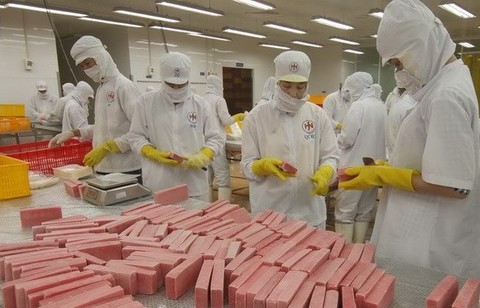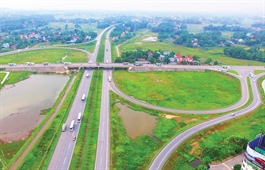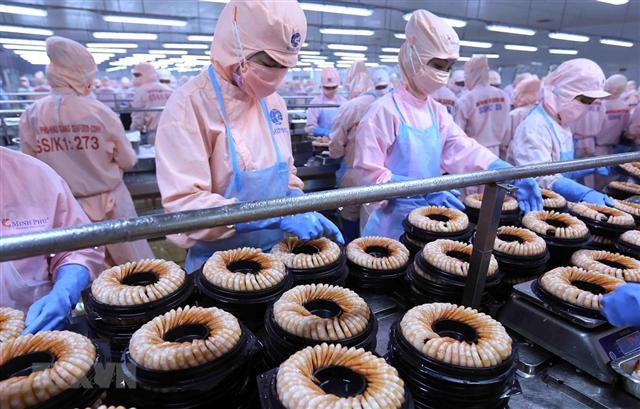Vietnam growth may slow to 3% in 2020, likely to rebound to 7.8% in 2021: StanChart
Vietnam growth may slow to 3% in 2020, likely to rebound to 7.8% in 2021: StanChart
Vietnam is one of the few Asian economies to have registered positive growth so far this year, despite the second wave of infections.
Vietnam’s economy is projected to grow by 3% in 2020 and surge to 7.8% in 2021 as rising consumption on improving sentiment, and faster manufacturing will drive growth in the fourth quarter (Q4) this year, Standard Chartered has said in a note.

Motorists wait on their motorcycles at a traffic light during rush hour in Ho Chi Minh City on September 8, 2020. Photo: Nhac Nguyen/AFP
|
Vietnam’s economy expanded 2.62% in Q3, bringing the three-quarter growth to 2.12%, according to government data.
“Vietnam is one of the few Asian economies to have registered positive growth so far this year, despite the second wave of infections. We expect Q4 growth to increase as domestic activity resumes and sentiment picks up. Improving services growth and infrastructure investment should help Vietnam outperform the rest of Asia. We maintain our positive view on Vietnam’s medium- and long-term economic outlook.” said Chidu Narayanan, economist for Asia, Standard Chartered Bank.
According to Standard Chartered’s latest macroeconomic report on Vietnam titled “Vietnam – Q3 disruption, but recovery remains intact”, a likely improvement in external demand in Q4 should support manufacturing growth, forecast at roughly 7.3% in full-year 2020. Both exports and imports are expected to increase as a result. Trade is likely to remain in surplus for the rest of 2020 as exports and imports move in tandem.
Construction activity is anticipated to improve in Q4, supported by increased public infrastructure investment. Private consumption, accounting for nearly 68% of GDP, should grow strongly in Q4 on improving domestic sentiment. Private investment, however, is likely to remain subdued on lingering uncertainty about medium-term demand.
Standard Chartered’s economists project newly registered FDI inflows into Vietnam to decline in 2020, but remain strong at close to US$13 billion. Lingering uncertainty on global demand and depressed investment sentiment are likely to weigh on FDI inflows in the medium term.
While Vietnam stands to benefit from the ongoing relocation of manufacturing amid elevated geopolitical tensions, inflows are likely to be lower than in previous years. Further government measures and a sustained move of low-tech manufacturing should support FDI inflows.
The study also forecasts that the Vietnamese central bank will remain accommodative in the near term to support growth. The central bank cut the policy rate by a further 50bps to a historical low of 4% on October 1. The central bank’s 200bps of rate cuts in the year to date and the reopening of the economy should aid further credit growth in the near term.
The Vietnamese government has revised down its growth target to 2-3% for this year, lower than the initial 6.8% estimate.
The World Bank earlier this month expected Vietnam’s 2020 growth at 2.5-3%. Meanwhile, the International Monetary Fund (IMF) on October 14 trimmed its growth forecast for Vietnam to 1.6% in 2020 from a previous estimate of 2.7% in June.



























